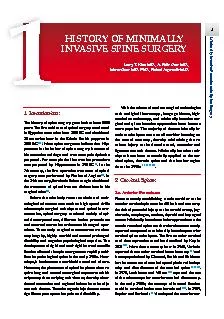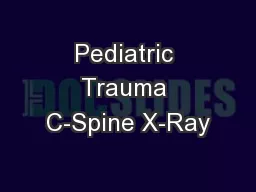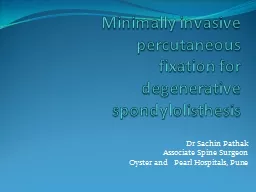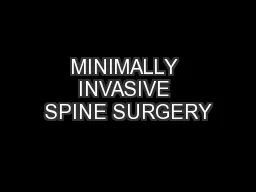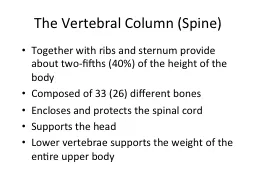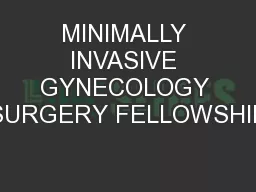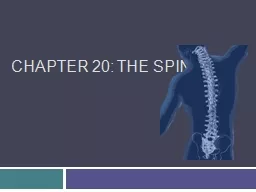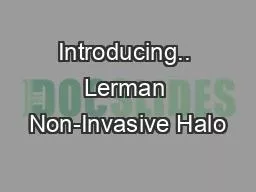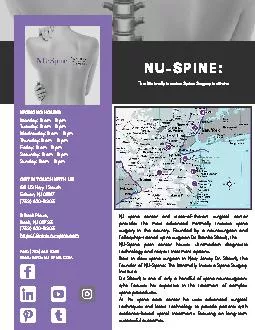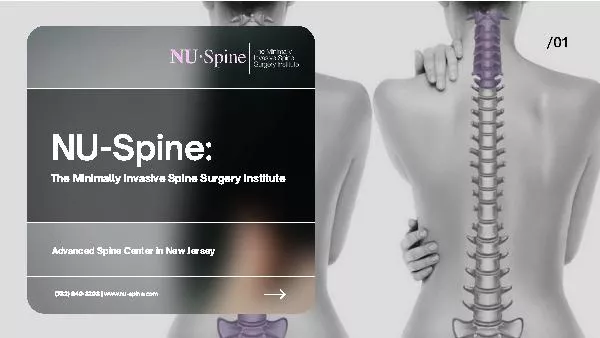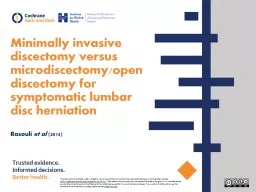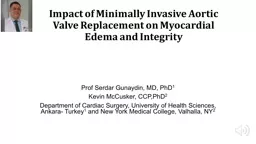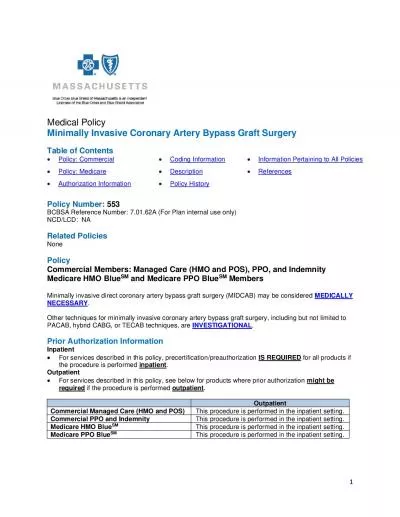PDF-History of Minimally Invasive Spine SurgeryMinimally Invasive Procedur
Author : danika-pritchard | Published Date : 2015-09-06
cutaneous acrylic vertebroplasty Neurochirurgie 1987 33166168 Belkoff SM Mathis JM Jasper LE et al An ex vivo biomechanical evaluation of an inflatable bone tamp
Presentation Embed Code
Download Presentation
Download Presentation The PPT/PDF document "History of Minimally Invasive Spine Surg..." is the property of its rightful owner. Permission is granted to download and print the materials on this website for personal, non-commercial use only, and to display it on your personal computer provided you do not modify the materials and that you retain all copyright notices contained in the materials. By downloading content from our website, you accept the terms of this agreement.
History of Minimally Invasive Spine SurgeryMinimally Invasive Procedur: Transcript
Download Rules Of Document
"History of Minimally Invasive Spine SurgeryMinimally Invasive Procedur"The content belongs to its owner. You may download and print it for personal use, without modification, and keep all copyright notices. By downloading, you agree to these terms.
Related Documents

